Date: 06 Jun 2018
One disadvantage that almost all grow-mediums suffer from is that of their carrying, transportation and storage. Clay pebbles, soil, perlite etc. all come in inconveniently large, bulky and heavy bags which require a lot of lugging around and manhandling.
Fortunately, now, high quality coco coir is available in dried and compressed brick, or block form. This amazingly convenient way of packaging coco means that a lot can be stored in a small space, it’s easy and lightweight to transport, it won’t give you (or the delivery driver) a bad back from carrying lots of heavy bags, AND there’s no loss in quality compared to traditional bags of coco!
BIO NOVA Coco brick
Let’s take the example of the large coco block above. The size of the compressed block is only 31cm x 31cm x 21cm (12″ x 12″ x 8.5″) and weighs just 5.2Kg. When wetted and expanded, this block turns into 70 litres of prime quality coco. By comparison, the equivalent amount of bagged, uncompressed coco would weigh around 25-26Kg – around 5 times as much, and it would take up about 5 times as much space!

These convenient little bricks are 20cm x 10cm x 6cm and weigh just 0.65Kg. When wetted they expand into 11 litres of the highest quality coco.
Coco gives the grower a natural substrate combines many of the benefits of soil, together with the superb growth rates and free drainage of soilless mediums. It naturally contains Trichoderma fungi – one of the most aggressive forms of beneficial fungi that actively seek out, kill and digest pathogenic fungi which cause the dreaded root-rot. Some great additives that can be used with coco are Humic acids, Fulvic acids and a microbial additive such as Biosys. By using these additives, coco can emulate an environment very much like soil.
Coco coir is made from the husk of coconuts. It has a fibrous texture which retains lots of water, but holds up to 1000 times more air than soil. Of course roots love oxygen, and need water – coco. Coco is also fairly free-draining and does not clod like soil can – this can be a particularly good attribute if you like to “flush” your medium with lots of water a week or 2 before harvest in order to remove any nutrient, and thereby make the plant use up the nutrients it has stored up within itself.
To improve drainage even more, many people use a mixture of coco and clay pebbles (60/40 mix). This mixture gets even closer to a hydroponics environment. If you grow in just clay pebbles and your pump breaks down, or there is a timer failure, then there isn’t long before the plant dries out and becomes damaged. The much higher water retention of coco in a 60/40 mix is more forgiving, and gives more time before plants begin to suffer from drought conditions. Of course, you can mix your own clay pebble / coco mix using one of the compressed coco blocks and some of your old clay pebbles!
When coco was first introduced as a grow medium, a lot of growers had trouble with it. Coco needs to be decomposed and well washed before being used as a grow medium. If it is not decomposed properly then it will “draw-down” or suck up the nitrogen out of liquid feeds. On top of that, if it is not well washed then it can also release a lot of potassium which can lock out calcium and magnesium. These attributes were responsible for the majority of problems that those first adopters experienced.
These days, quality coco coir, is always well decomposed and washed. As a consequence it is no surprise that coco has become one of the most loved grow-mediums of all. Now available in compressed form. Brilliant!
For more useful information, check out our other BLOG articles. The GrowshopMania team wishes you successful cultivation!

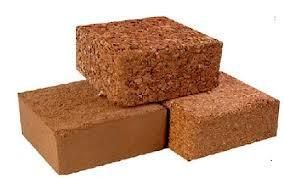

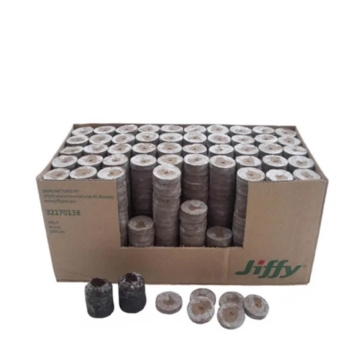

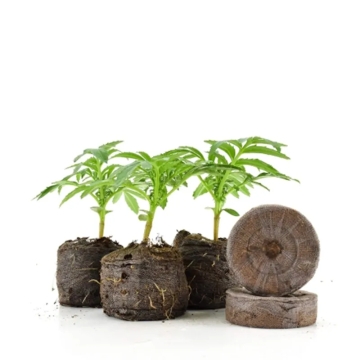

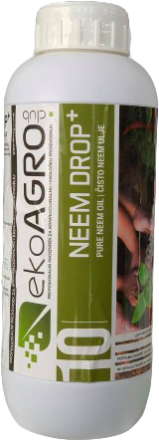
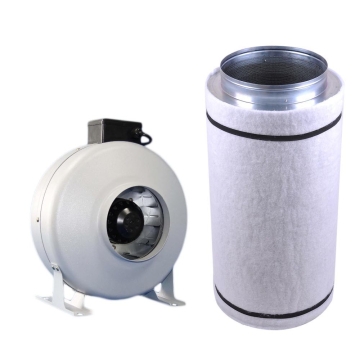





Post comment